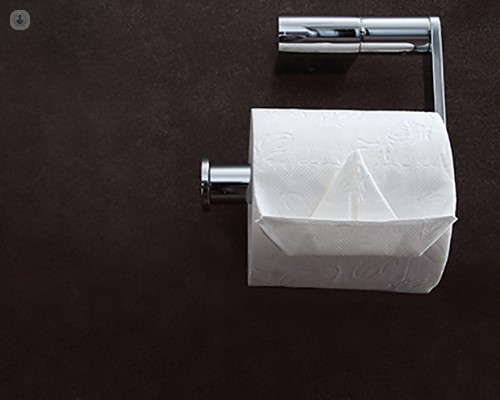An expert's guide to: Artificial urinary sphincter surgery
Written in association with:Artificial urinary sphincter (AUS) surgery is a medical procedure designed to treat urinary incontinence; a condition characterised by the involuntary leakage of urine. This innovative surgical intervention offers hope to individuals struggling with urinary control issues, providing them with a renewed sense of confidence and freedom. In his latest online article, Mr Musaab Yassin delves into the intricacies of artificial urinary sphincter surgery, exploring its purpose, procedure, risks, recovery, and long-term outcomes.

What is an artificial urinary sphincter?
An artificial urinary sphincter is a device implanted in the body to manage urinary incontinence. It consists of three components: a cuff placed around the urethra, a pressure-regulating balloon located in the abdomen, and a control pump typically positioned in the scrotum for men or in the labia for women. Together, these components mimic the function of a natural sphincter muscle, enabling the individual to control the flow of urine.
When is artificial urinary sphincter surgery recommended?
Artificial urinary sphincter surgery is often recommended for individuals who experience urinary incontinence following prostate cancer treatment, particularly after radical prostatectomy. It may also be suitable for those with neurogenic bladder dysfunction or other medical conditions causing urinary leakage that has not responded to conservative treatments.
How is artificial urinary sphincter surgery performed? Is it painful?
During the surgical procedure, the artificial urinary sphincter device is implanted through a small incision in the lower abdomen or perineum. The cuff is placed around the urethra, the pressure-regulating balloon is positioned in the abdomen, and the control pump is implanted in a suitable location. While discomfort and soreness are common after surgery, pain is typically managed with medication, and most patients report tolerable levels of discomfort during recovery.
What are the possible risks and complications of this type of surgery?
As with any surgical procedure, artificial urinary sphincter surgery carries certain risks and potential complications. These may include infection, erosion or migration of the device, mechanical failure, urinary retention, and issues with device positioning. However, with advancements in surgical techniques and device design, the incidence of complications has significantly decreased in recent years.
How long does it usually take to recover after?
Recovery following artificial urinary sphincter surgery varies from patient to patient but typically involves a period of restricted activity and gradual resumption of normal daily routines. Most individuals can expect to return to light activities within a few weeks and resume more strenuous activities after about six weeks. Regular follow-up appointments with healthcare providers are essential to monitor progress and address any concerns during the recovery process.
What is the success rate of artificial urinary sphincter surgery? Are the effects of the procedure permanent?
The success rate of artificial urinary sphincter surgery is high, with many patients experiencing significant improvement or complete resolution of urinary incontinence symptoms. Studies have reported success rates ranging from 70% to 90% in appropriately selected candidates. While the effects of the procedure can be long-lasting, it's important to note that the artificial urinary sphincter device may require periodic adjustments or replacements over time to maintain optimal function.
Mr Musaab Yassin is an esteemed urologist. You can schedule an appointment with Mr Yassin on his Top Doctors profile.


